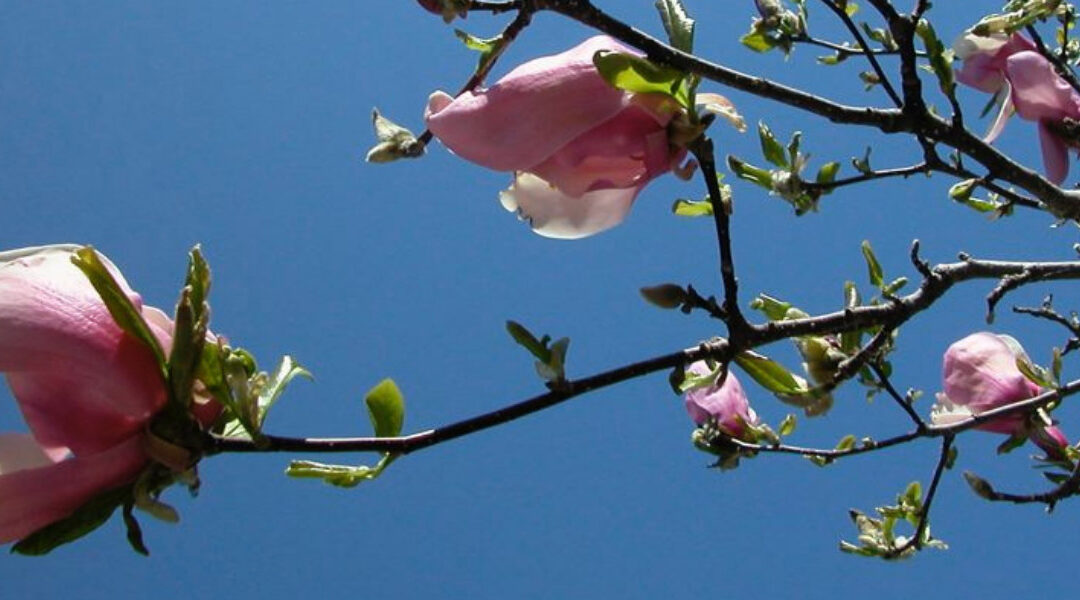HERE SAY
by Scott Lawrance
Some say you’ve been my mother some
Where in the dips, drifts, & cones of time
Your lips, eyes, brows, skin, fur, & feathers,
Horns & claws beloved. Some say I
Be your mother. Fed you sweet Aztec chocolate,
Scythian bread – we be grass say, cloud, & river say
We run with twined green-tangled valley kin –
With mountain mother azure ocean Gaia play.
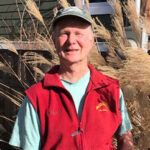
Scott Lawrance, Ed.D., R.C.C. is a retired member of the B.C. Teacher’s Federation and has taught at all levels of public education from grade two to post-Secondary. His current professional interests include Buddhist approaches to eco-therapy. Scott and his Salish Sea Eco-retreats partner, Tara Souch offer annual eco-retreats for wilderness guides and interested professionals. He is the author of four books of poetry and has, in the past, edited two poetry magazines, “Raven” and “Circular Causation”.
Magnolia – Food, Fiber, Beauty
Text by Ross Thrasher, Photos by Su Schnee
Magnolia is a very versatile plant, useful as a food source and a source of fiber. It also has medicinal properties. Magnolia flowers, buds and leaves are edible and can be used as an herb, spice, or ingredient in various dishes. They can be consumed in various ways, including fresh, pickled, or dried. Magnolia bark extract residues can be a source of natural fiber for composite materials. Also, some species of magnolia are used in Traditional Chinese Medicine (TCM) for various purposes, including treating coughs, congestion, and anxiety.
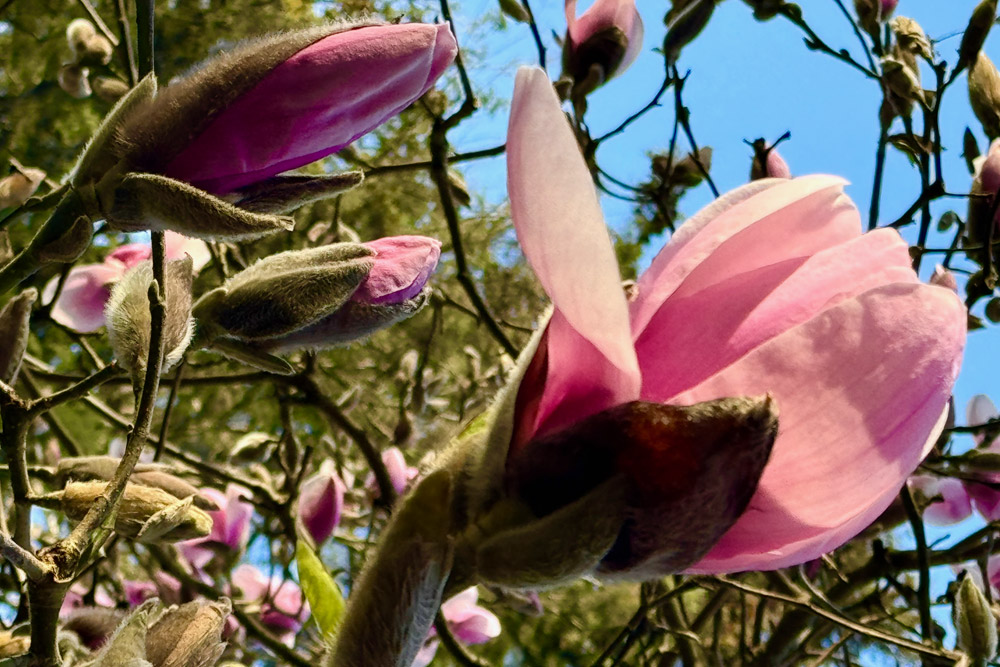
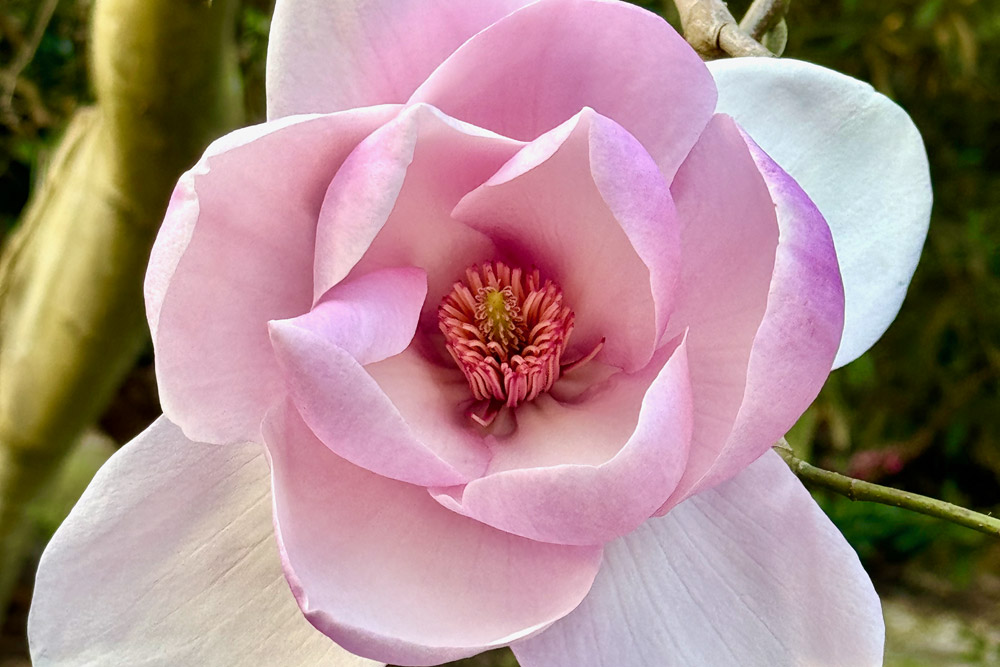
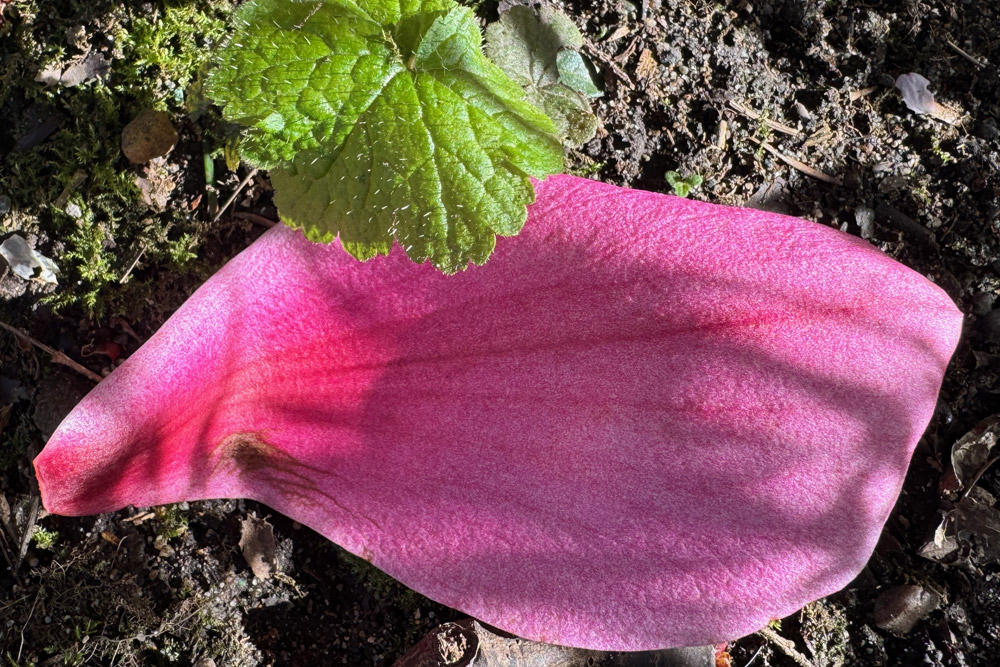

Ross Thrasher enjoyed a career as a librarian at post-secondary institutions in the U.S., the South Pacific and Canada where he led the Mount Royal College library’s transition to university status. Ross is interested in literature, travel and the performing arts. Especially satire.

Su Schnee’s art name is suschnee. She grew up, and attended art school in Vancouver, B.C. Su co-founded Oboro, an artist centre in Montreal, where she was Artistic Director for more than 30 years. She currently lives and works in Vancouver.
suschnee.ca

